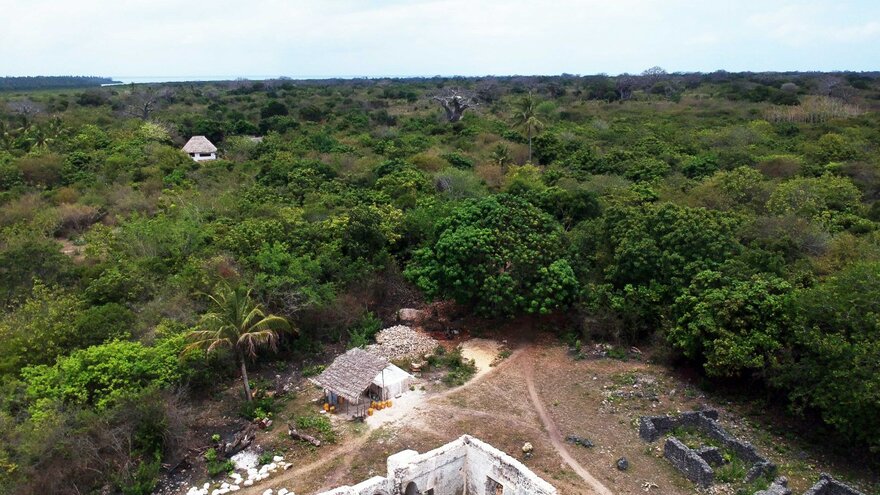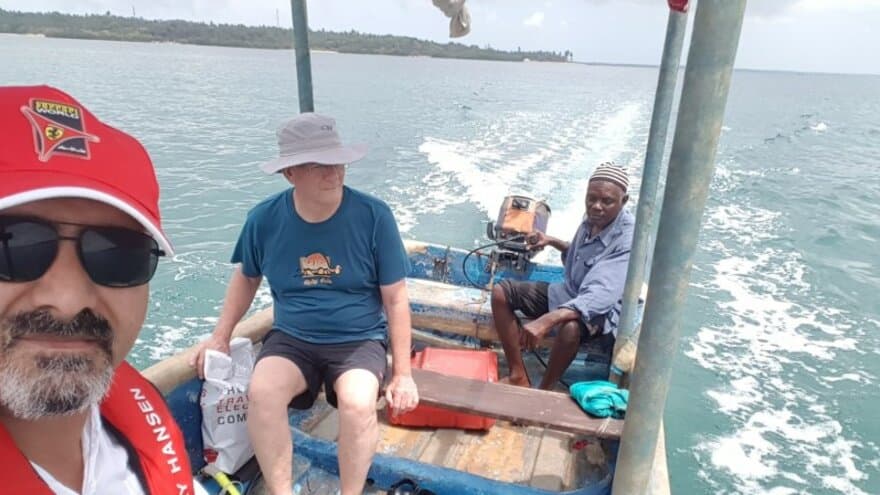Marine ecologist Ian Bryceson joins forces with the VR lab to develop and test 3D digital solutions that enable the public better access to underwater cultural heritage in Tanzania.
The initial exploration expedition was to network with potential partners, and to identify techniques and test out technologies to enhance awareness regarding the importance of marine cultural heritage to authorities and local coastal communities in East Africa, with specific focus on Zanzibar and Mafia islands.
Marine cultural heritage in East Africa is under threat from natural and social transformations as well as expansion of coastal tourism development. A Virtual Reality system will be tested to allow users to "visit" underwater sites in a virtual sense through the use of VR technology supported by a digital storytelling interface.

Underwater heritage assets represent an important part of the cultural heritage and a particularly essential element in the history of peoples and their relation with their common heritage.
For this reason, this project proposal aims to enhance the visit experience in underwater environments by developing new technological solutions able to stimulate the public in increasing their knowledge about their underwater cultural assets.
The archaeological sites to be explored include ruins at Unguja Ukuu in Zanzibar island and Mburani in Mafia island. These sites are hardly investigated, and only on land, such that these investigations are expected to uncover new evidence about Persian, Arabic and Portuguese structures and cultural influences in the previous six centuries. An edutainment approach will be implemented for supporting the knowledge acquisition in order to raise the awareness of public audiences to the importance of protecting oceanic resources.
3D capture technology will be used to show the dynamic of sea life forms and ecological processes in order to increase the cultural awareness about the marine environment.
The project follows an interdisciplinary approach that goes beyond the mere technological development. The challenge is to merge existing\upcoming technologies, adjust them to the underwater environment in order to bring unreachable underwater heritage, within reach and understanding of the general public.
